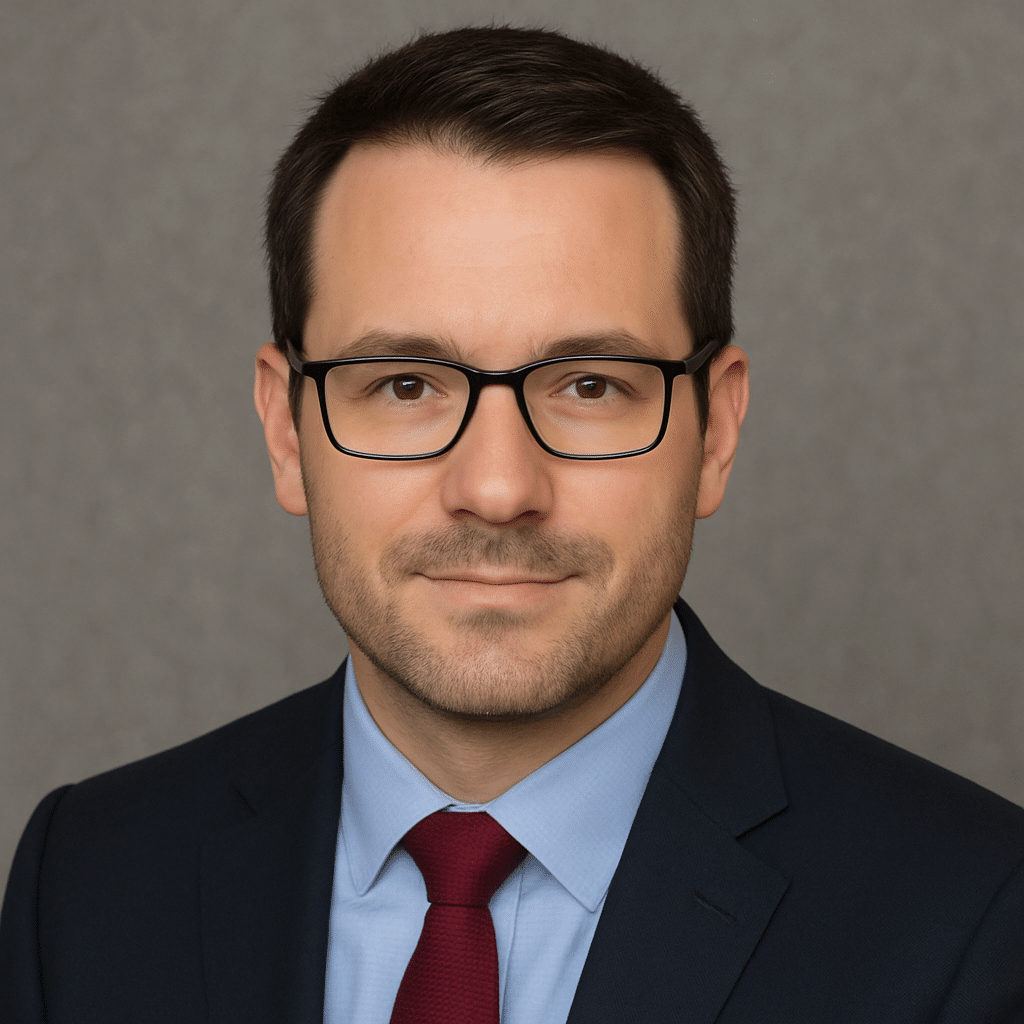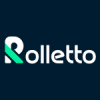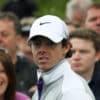Pablo Escobar’s Secret Influence: The Drug Lord Who Transformed Colombian Football
While Pablo Escobar is notorious worldwide for his role as a cocaine kingpin and for his complex relationship with violence and philanthropy, fewer people know that his legacy shaped a golden era in Colombian football. This article uncovers how Escobar’s involvement with Atlético Nacional marked a turning point for the country’s football scene-with consequences that went far beyond the pitch.
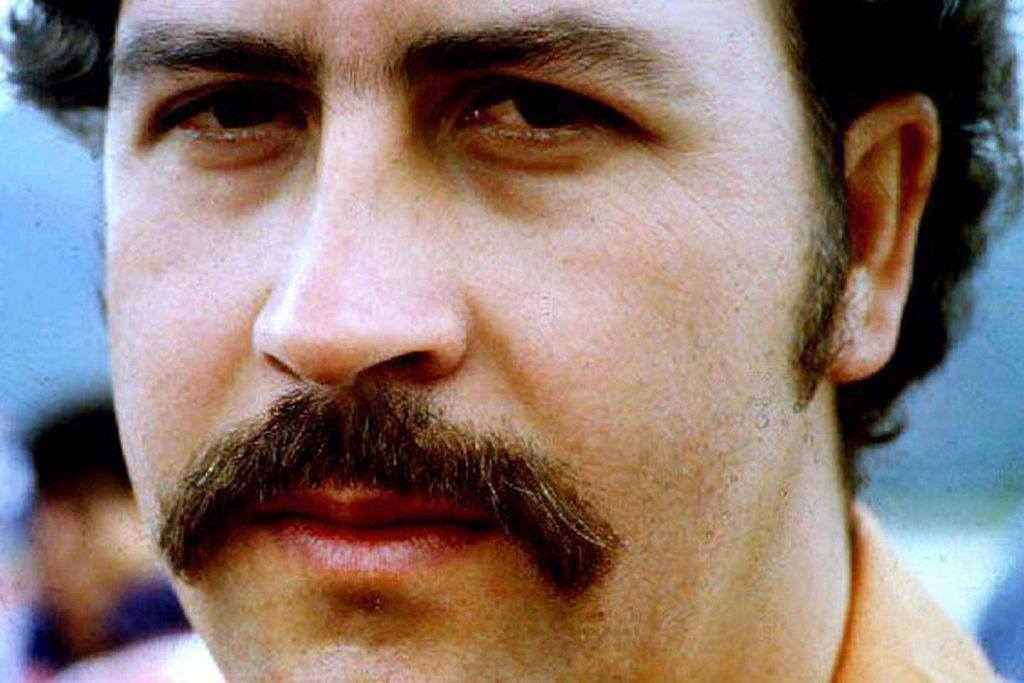
The Making of a Criminal Empire
Born on December 1, 1949, in Rionegro, Colombia, Pablo Escobar spent his formative years navigating rural poverty before relocating to Medellín with his brother, Roberto. Although Escobar briefly attended the University of Antioquia, majoring in political science, financial struggles forced him to leave his studies behind. Alongside his brother, he soon entered a world of crime.
Escobar’s charisma and ambition facilitated his rapid ascent in Colombia’s criminal underworld. By the 1970s, he orchestrated alliances among major drug traffickers, forming the Medellín Cartel, which eventually controlled a vast majority of cocaine exports entering the United States. The cartel reportedly smuggled over 70 tons of cocaine into the US every month throughout the 1980s, raking in millions of dollars.
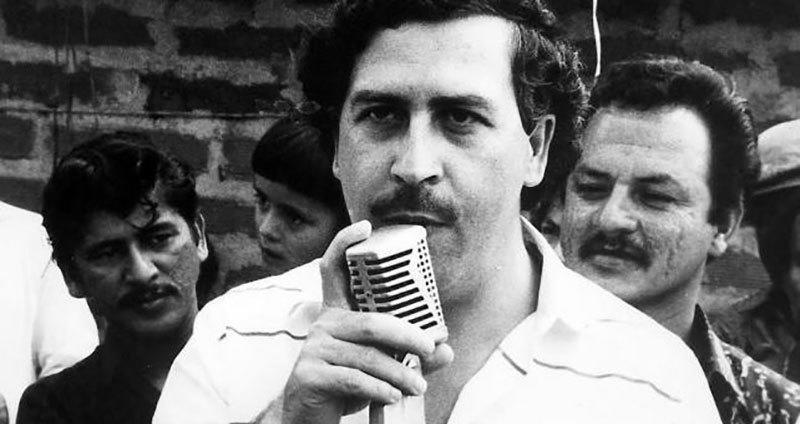
Escobar’s criminal activities drew fierce retaliation from law enforcement. His violent campaign included orchestrated bombings and assassinations. In one devastating incident, he ordered the bombing of a commercial jet, allegedly targeting presidential candidate Luis Carlos Galán, resulting in the deaths of 110 civilians. Galán himself was later killed during a speech in Soacha in 1990, further stoking the violence engulfing Colombia.
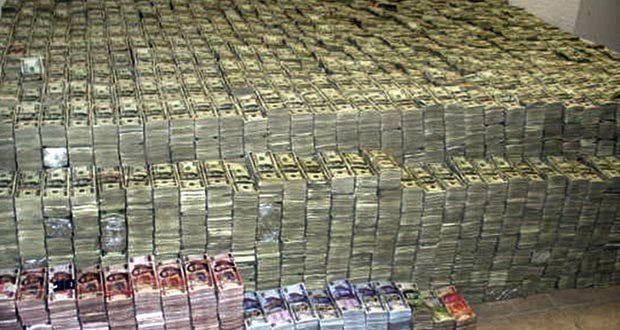
Handling such enormous wealth required inventive schemes to launder and conceal illegal assets. Among the most effective-and unexpected-of these, was investing in the country’s beloved game: football. When Justice Minister Rodrigo Bonilla attempted to combat cartel influence in football in 1984, his assassination sent a warning, dissuading further government interference. Against this volatile backdrop, Escobar stepped in to purchase Atlético Nacional in the late 1980s.
How Narcotics Financed Atlético Nacional’s Rise
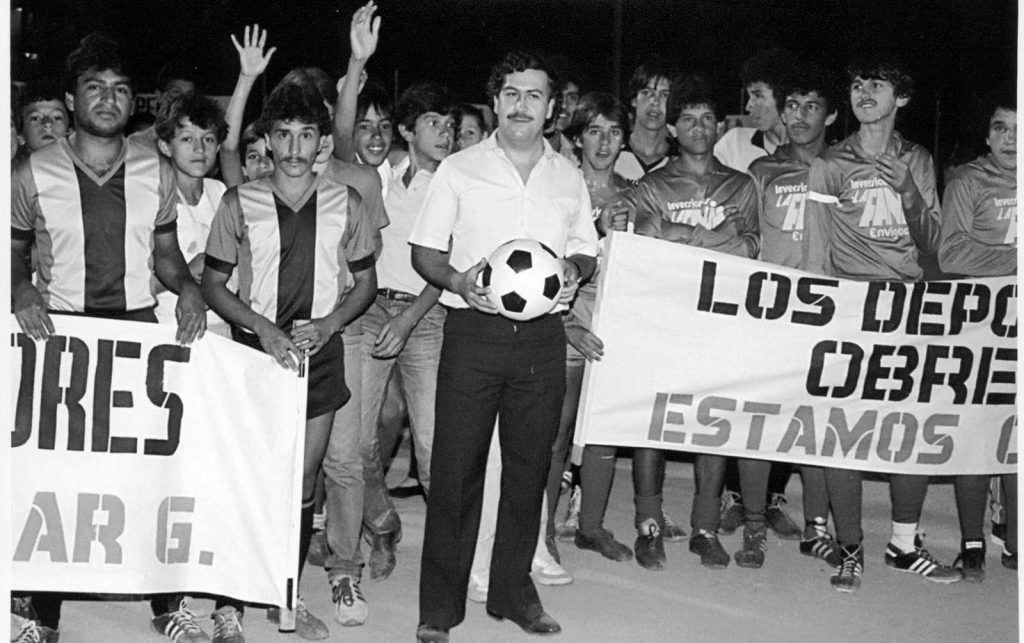
Through a network of false attendances, rigged player transfers, and manipulated investments, Escobar’s Atlético Nacional became a sophisticated money-laundering operation. Yet, amidst these dubious activities, the influx of cash elevated both the club and Colombian football as a whole.
In 1989, Atlético Nacional, featuring stars like goalkeeper René Higuita and the late defender Andrés Escobar, reached historic heights. The team clinched its first Copa Libertadores title, defeating Club Olimpia of Paraguay 5-4 in a dramatic penalty shootout after a 2-2 draw in regulation time. This achievement fueled national pride and ignited interest in the domestic game.
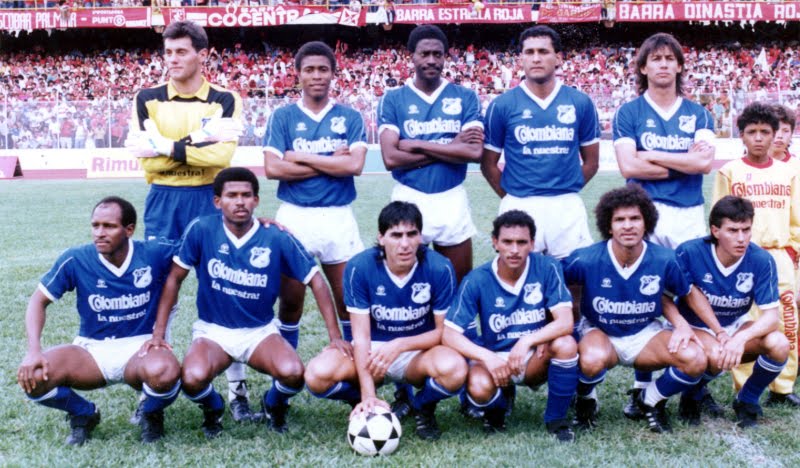
Escobar’s formula for football success did not go unnoticed. Soon, other notorious traffickers such as José Gonzalo Rodríguez Gacha (“El Mexicano”), who took over Millonarios, and Miguel Rodríguez Orejuela of the Cali cartel, acquired their own clubs. The era became known as “Narco-fútbol”-narcotics-funded football-marking a unique period where criminal enterprises and sports dynasties became deeply intertwined.
From Triumph to Turmoil: The Changing Face of Colombian Football
By the early 1990s, Colombian football enjoyed an unprecedented resurgence, fueled by the financial muscle of its new, unlikely benefactors. With talents like Carlos Valderrama and Leonel Álvarez, the national team drew global attention at the 1990 World Cup, even holding West Germany to a thrilling group-stage draw before eventually falling to Cameroon.
However, the fragile success built on cartel money was destined to unravel. In December 1993, Escobar was killed while on the run after escaping from his luxury prison, La Catedral. With his death-leaving behind an estimated $30 billion fortune-cartel power within football splintered, breeding instability rather than restoring order.
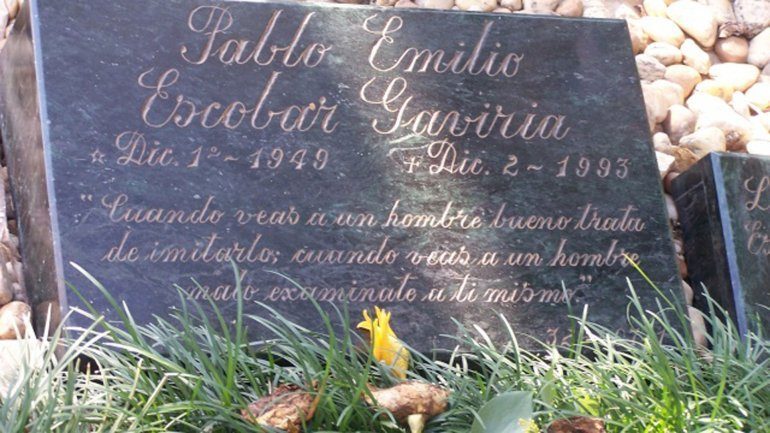
Despite turmoil, Colombia entered the 1994 World Cup with high expectations. Legendary player Pelé even believed they could claim the championship-the squad boasted exceptional talents like Luis Carlos Perea, Faryd Mondragón, Freddy Rincón, and Faustino Asprilla. Yet, off-field dangers proved more influential than anything on the pitch.
Chaos and Tragedy in the Post-Escobar Era
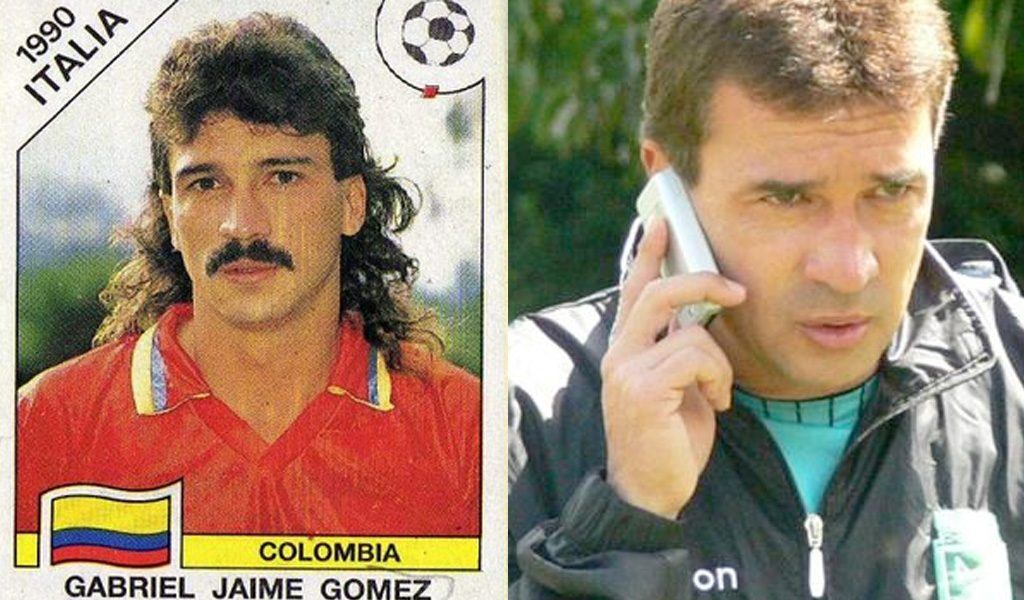
Without Escobar’s centralized control, rival cartels became heavily involved in illicit football gambling. Just before Colombia’s crucial World Cup match against the United States, a chilling message appeared on the players’ dressing room screens: if midfielder Gabriel “Barrabás” Gómez stepped onto the field, the entire squad faced death threats. Colombia’s campaign collapsed-after a 3-1 loss to Romania and a 2-1 defeat to the USA, a late win versus Switzerland was not enough to progress.
Tragedy struck soon after. Defender Andrés Escobar, who had unintentionally scored an own goal against the US, was fatally shot outside a Medellín nightclub in July 1994. It was alleged that his death had ties to criminal gambling losses incurred by the notorious Gallón brothers.
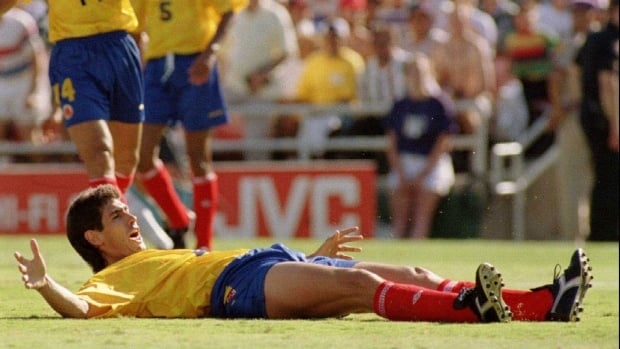
Ultimately, Andrés Escobar’s killer, Humberto Muñoz, was sentenced to 43 years but served only a fraction of that prison term. This brutal episode prompted many in the drug underworld to withdraw their investments from football, fearing the extreme consequences at stake.
Narco-Fútbol: Unraveling and Reflecting on a Dark Legacy
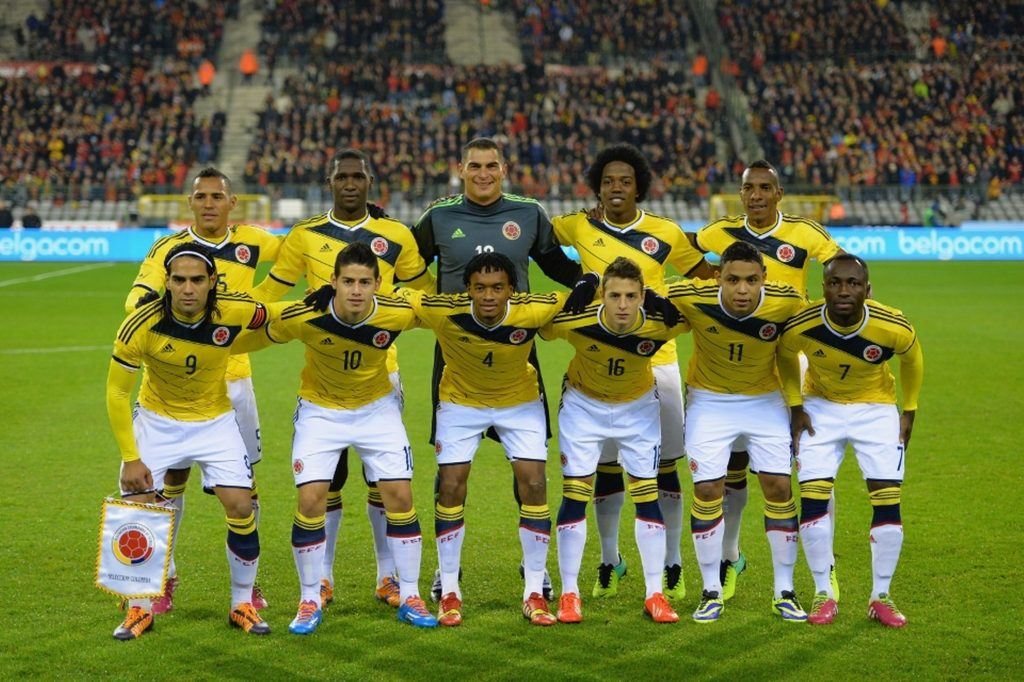
The period known as Narco-fútbol irreversibly altered the trajectory of Colombian football. Drug money brought world-class talent and triumphs, creating legends and dreams for fans. However, these ephemeral gains came at a heavy price-tragedy, moral compromise, and international infamy.
Though Escobar’s methods and ethics remain highly controversial, his influence undeniably paved the way for

